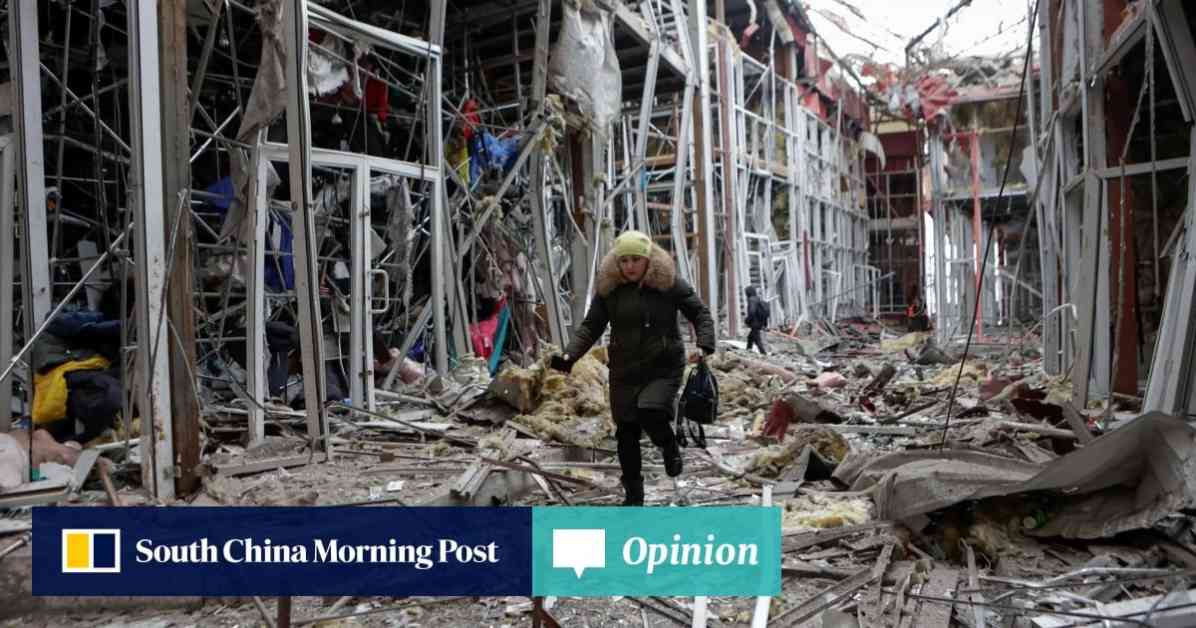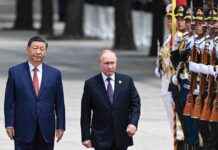After the recent events at the White House and the ongoing conflict in Ukraine, it has become clear that the United States is no longer positioned as a key player in the quest for peace in the region. With the suspension of military aid and intelligence support, the US has effectively disqualified itself from its once prominent role. Now, the responsibility of mediating peace falls on a European “coalition of the willing,” spearheaded by France and the UK, who have acknowledged their obligations to Ukraine’s well-being.
European Efforts Towards Peace
France and Germany, as part of the Normandy format, were instrumental in negotiating the Minsk agreements following Russia’s annexation of Crimea in 2014. These agreements, unfortunately, failed to bring about lasting peace in the region. Additionally, the UK, along with the US and Russia, provided security assurances to Ukraine in the wake of the Budapest Memorandum in 1994, which led to Ukraine surrendering its nuclear arsenal.
While the US and UK technically fulfilled their obligations under the Budapest Memorandum when Russia invaded Ukraine, there are sentiments that they did not fully uphold its spirit. Ukraine’s struggle for sovereignty is not just its own; it represents a broader challenge to Europe’s collective security. The toll of the conflict on Ukrainian lives and infrastructure has been immense, highlighting the urgency of finding a resolution to the ongoing crisis.
Challenges and Controversies
The conflict in Ukraine has been characterized by complex geopolitical dynamics, with the US and Russia essentially engaging in a proxy war with Ukrainian lives as the currency. The US has provided essential resources to support Ukraine’s fight, but critics argue that this assistance has not been sufficient or timely enough to decisively tip the scales in Ukraine’s favor. As a result, Ukrainian sacrifices have been leveraged to deplete Russian military capabilities without risking American lives.
The Trump administration’s controversial actions, including attempts to extract mineral resources in exchange for aid, have further complicated the peace process. The US’s self-serving agenda has raised doubts about its suitability as a neutral mediator in the conflict. This misalignment of interests between the US and Europe underscores the need for a new coalition of peacemakers with a more unified approach to resolving the crisis.
In conclusion, the path to peace in Ukraine has taken a new direction, with European powers stepping up to fill the void left by the US. The complexities of the conflict, intertwined with competing interests and historical agreements, require a concerted and collaborative effort to achieve a lasting resolution. As the world watches the unfolding events in Ukraine, the need for a cohesive and impartial approach to peacekeeping becomes increasingly evident.



























